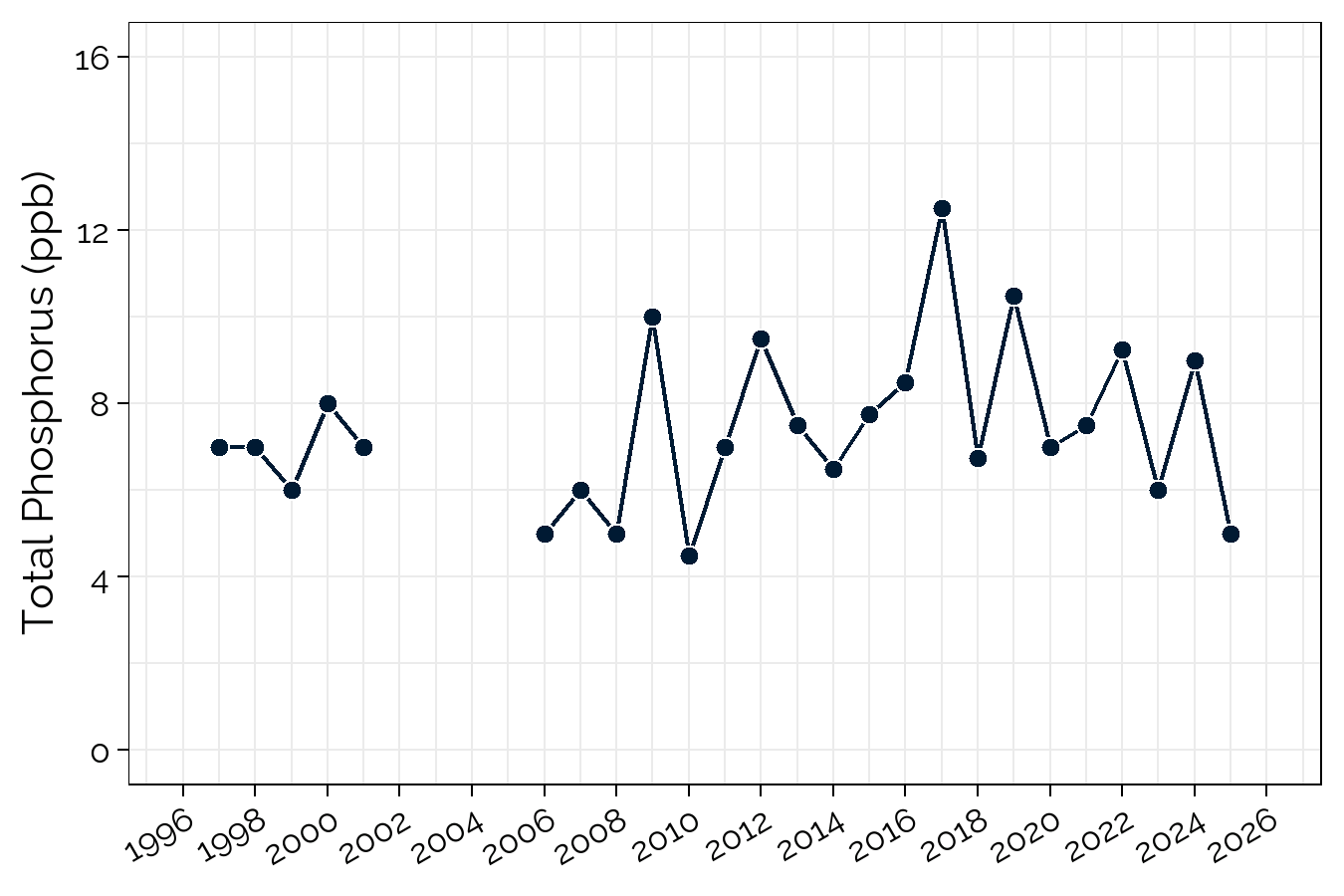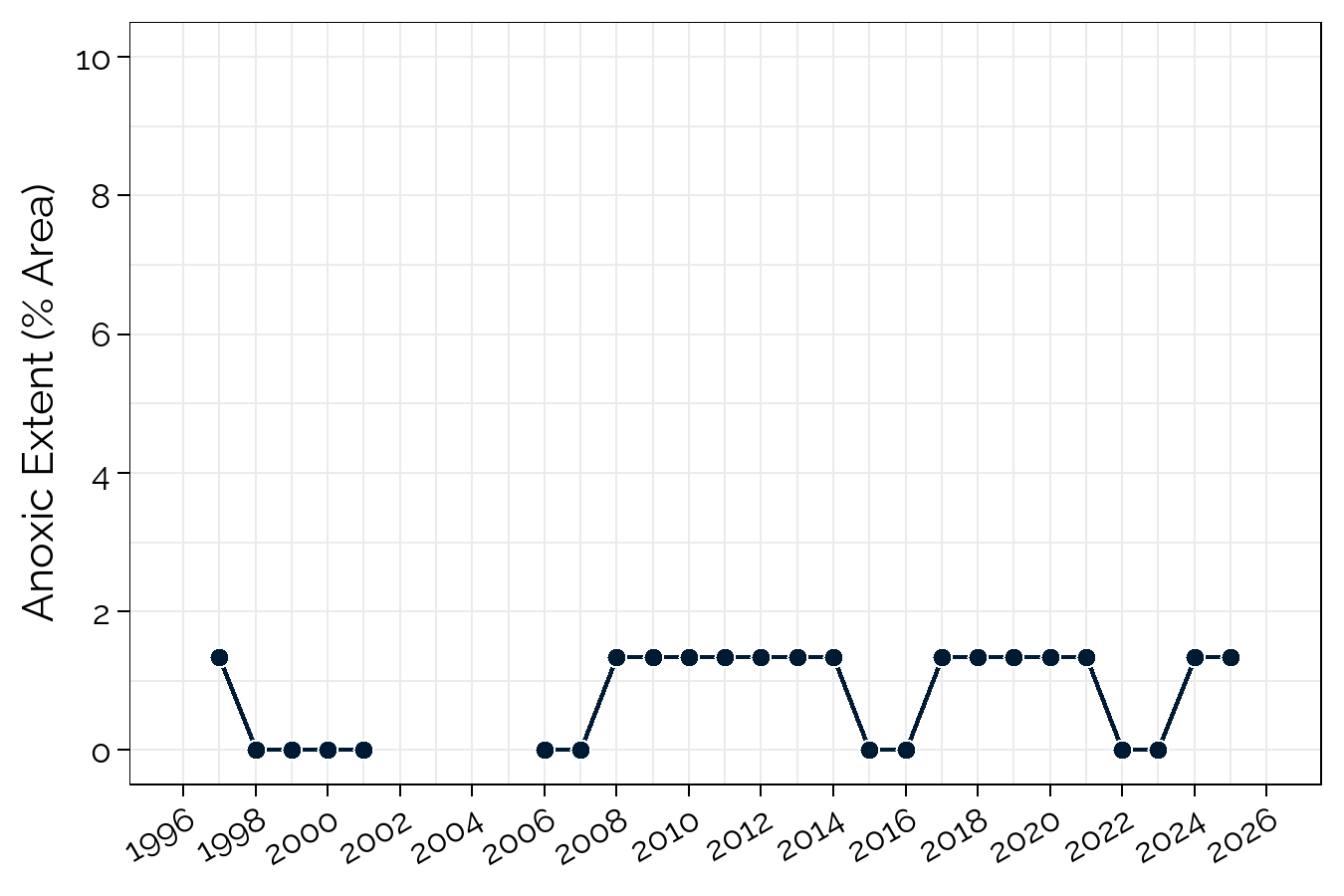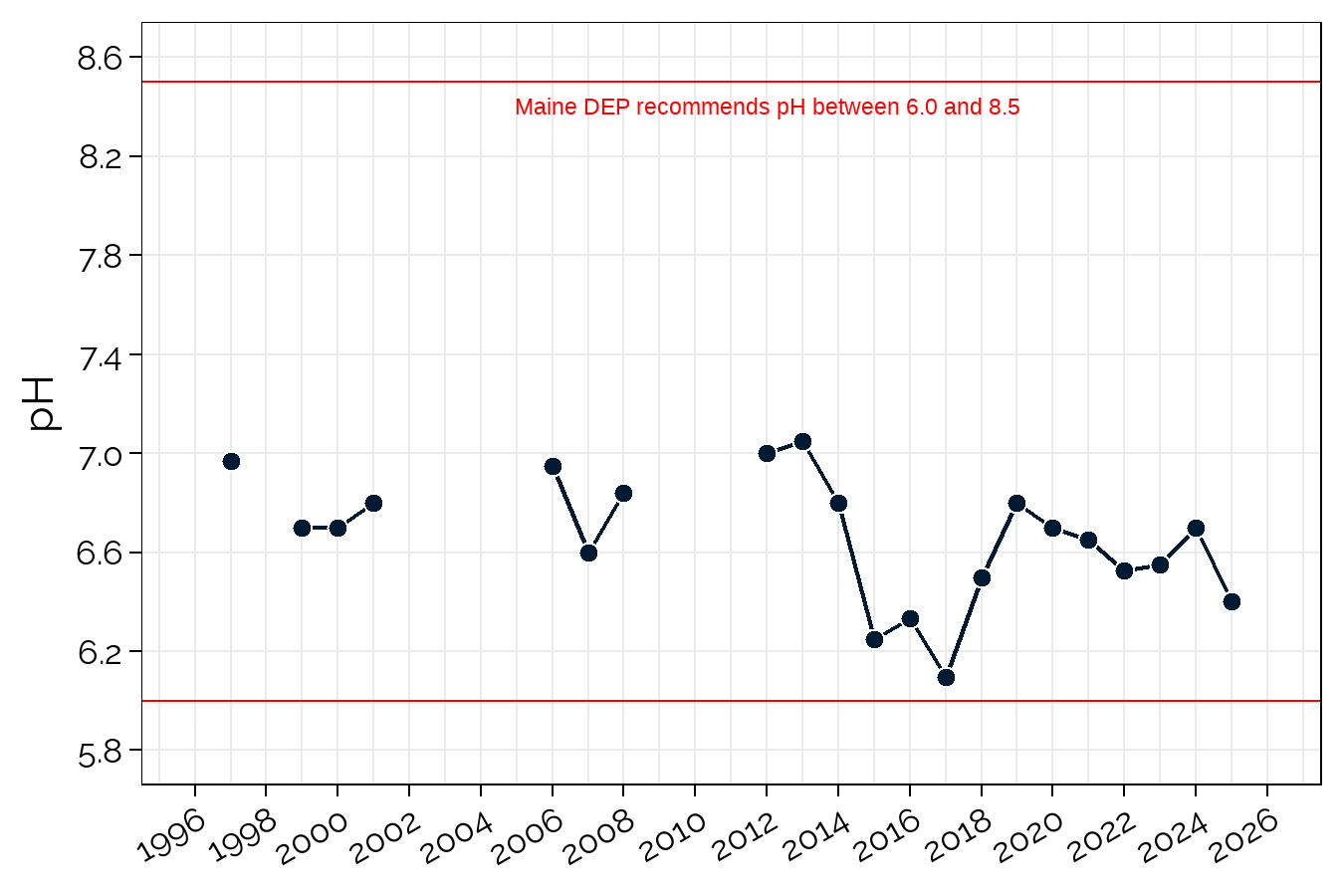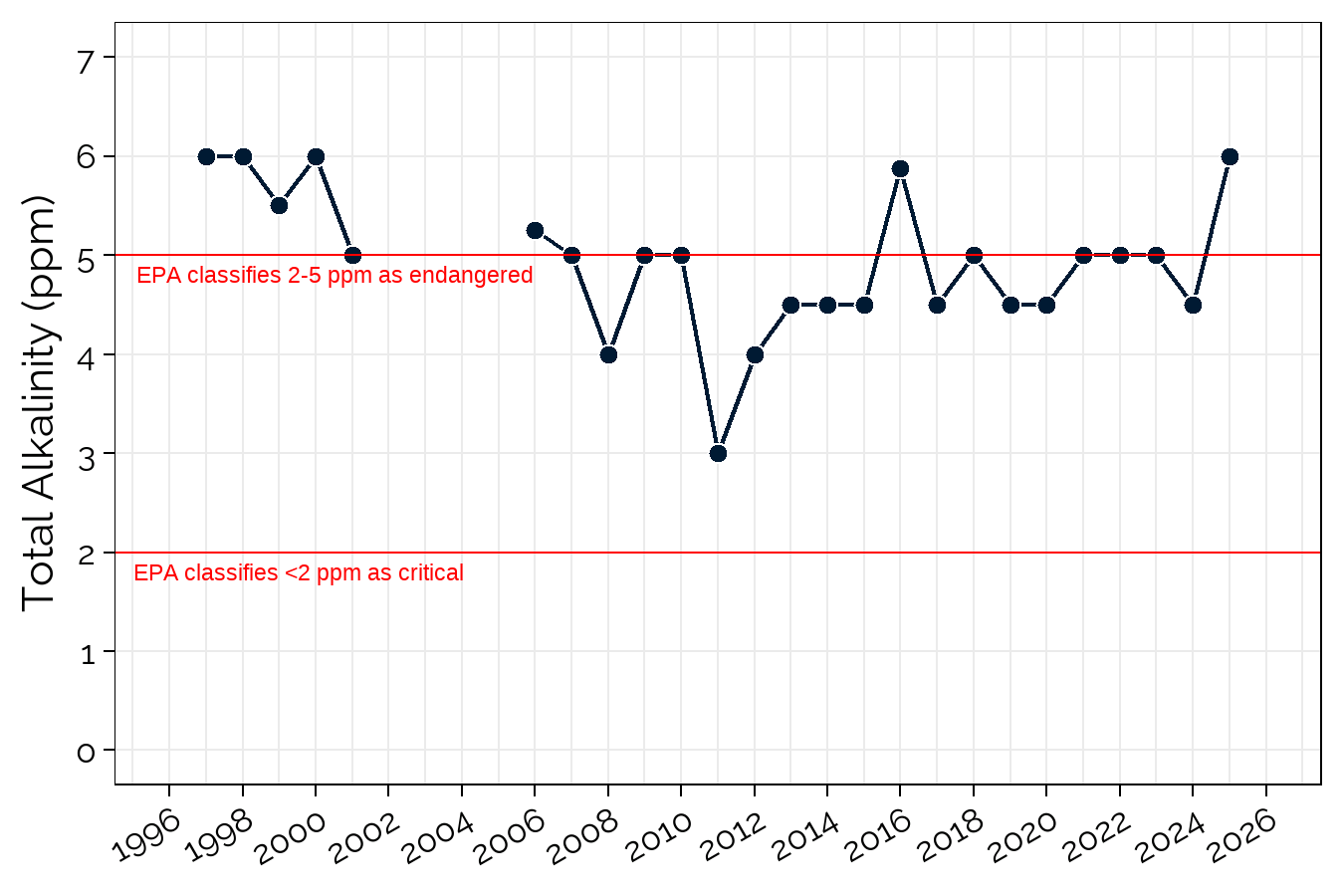Cushman Pond
Cushman Pond covers 37 acres and reaches a depth of 21 feet. While there’s a boat launch near the dam, motorboats are not permitted on the pond. In 1996 the invasive plant Milfoil was found in Cushman Pond setting off an alert to the entire watershed. Through relentless work by the concerned residents on Cushman Pond, efforts have been underway to eradicate the Milfoil plant from the pond. During the last five or six years, the Lovell Invasive Plant Prevention Committee (LIPPC) has been providing some additional assistance to the Cushman team, to include obtaining funding from the State and occasionally using the expertise of Lakes & Watershed Resource Management Associates. In 2019 the Cushman residents found no Milfoil plants in the pond. Per the State DEP guidelines, if no invasive plants are found for three consecutive years, the State will consider the pond free of invasives.
Cushman Pond (Midas #3224) drains into Heald Pond, which in turn drains to a tributary to Boulder Brook and eventually Kezar Lake. Water quality monitoring data have been collected since 1997 at Station 1 (deep spot).
Water quality
water clarity
Water clarity at Cushman Pond has remained stable with no statistically significant trend.
total phosphorus
Since 1997, total phosphorus at Cushman Pond has revealed no statistically significant trend. Year-to-year variation in total phosphorus (4 to 12 ppb) is fairly large and hit a record high in 2017.
chlorophyll-a
Since 1997, chlorophyll-a at Cushman Pond has revealed no statistically significant trend. Sampling years 1997 and 2012 saw a rise in chlorophyll-a, and 2023 saw the highest levels since these spikes. Nutrient-rich runoff entering the lake during wetter years, combined with warmer air temperatures, can fuel algae growth.
anoxic extent
Dissolved oxygen profiles show good oxygenation throughout the water column over the collection period, with some anoxia at the bottom. The extent of anoxia is overall excellent at Cushman Pond (affecting <10% of pond area). Dissolved oxygen at depth should continue to be monitored closely in the future.
temperature
The volume-weighted average surface water temperature for the top 2 meters does not show a statistically significant trend.
ph
Since 1997, pH at Cushman Pond has revealed no statistically significant trend over time. Mean annual pH falls within acceptable ranges for aquatic life. More consistent data are needed to confirm long-term trends. Low alkalinity makes Cushman Pond susceptible to changes in pH, particularly from acidic deposition in the form of rain or snow, which can jeopardize the health of freshwater fish species.
TOTal alkalinity
Since 1997, there is no statistically significant trend over time in total alkalinity at Cushman Pond. The region has naturally-low alkalinity (or buffering capacity) as a result of its contributing geology (i.e., granite) that lacks carbonates, bicarbonates, and carbonic acid.
color
Since 1997, color at Cushman Pond has revealed no statistically significant trend. Color is highly related to summer precipitation; wetter years show higher color as more materials are washed off the landscape to the pond.








